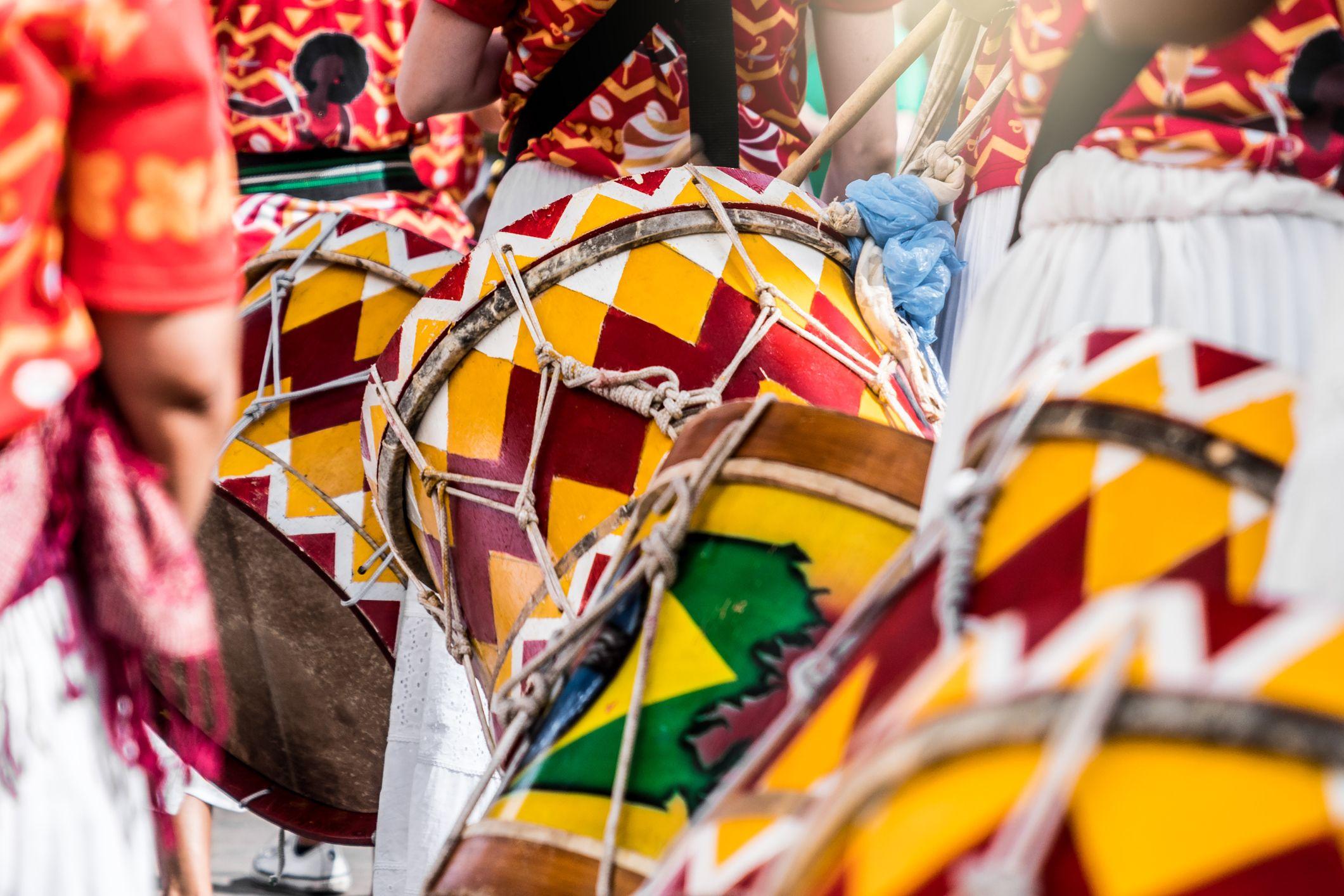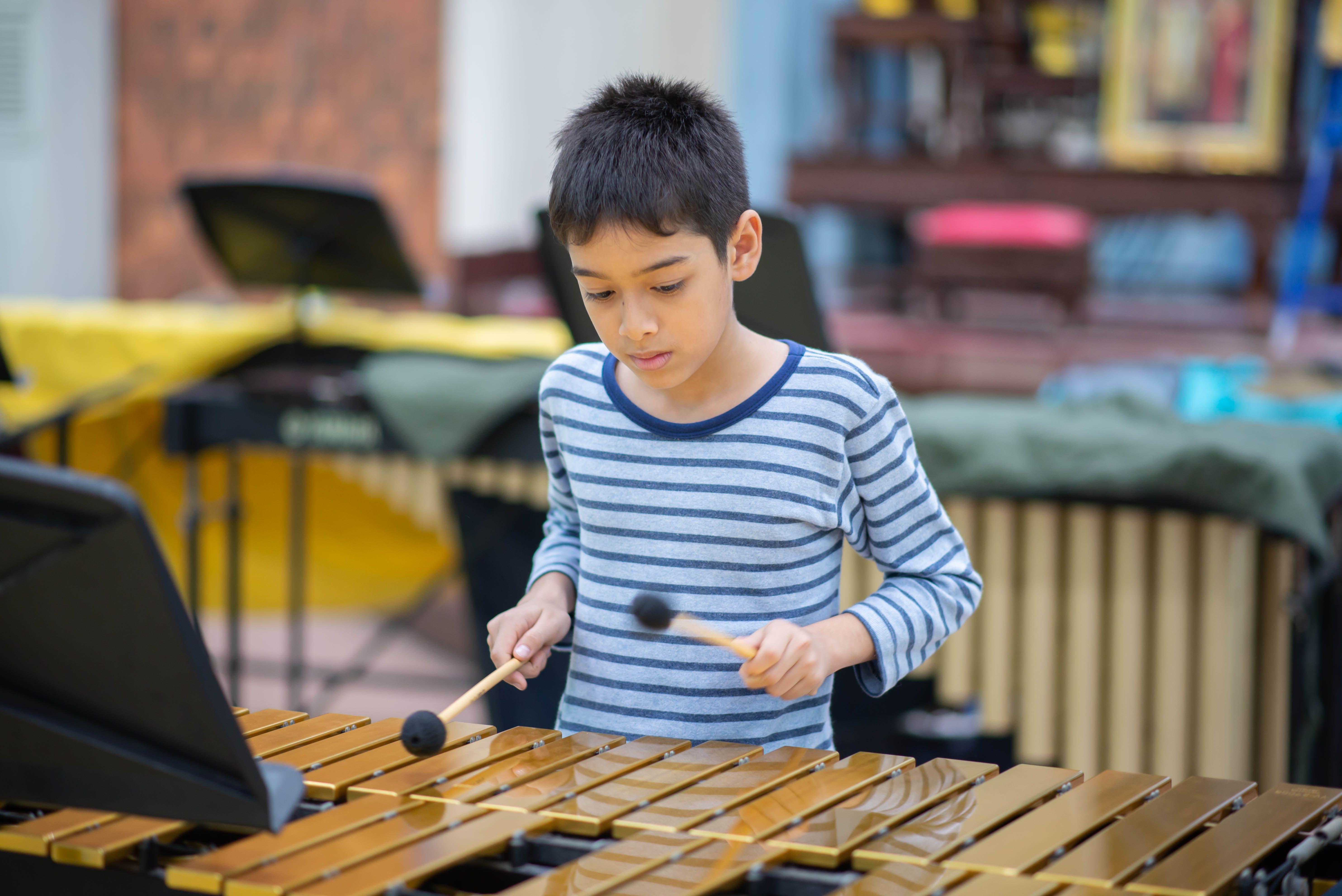Learning objective
- To sing a traditional African song unaccompanied.
Success criteria
- I can hold the tune of my part
This content is for subscribers only. Join for access today.
National curriculum
Music
Pupils should be taught to:
- Play
This content is for subscribers only. Join for access today.
Cross-curricular links
None.
This content is for subscribers only. Join for access today.
Before the lesson
This content is for subscribers only. Join for access today.
Lesson plan
Recap and recall
Before starting this unit, check that the children can recall Singing without musical accompaniment is called ‘a cappella’. An ‘ostinato’ is a repeated musical pattern. ‘Call and response’ are musical phrases in which one person sings or plays something and others sing or play something back in reply.
This content is for subscribers only. Join for access today.
Extended-mode explainer videos
How to extend your display to view the lesson page and preseantion mode simultaneously. Choose your operating system below to watch the video
If you need further support with extending your display,
please contact [email protected].
Extended-mode explainer video: For Mac
Extended-mode explainer video: For Windows
Adaptive teaching
Pupils needing extra support
Should be positioned next to a more confident singer.
Pupils working at greater depth
Could be given the opportunity to have a go at the call.
This content is for subscribers only. Join for access today.
Assessing progress and understanding
Pupils with secure understanding indicated by: singing using the correct pronunciation and
This content is for subscribers only. Join for access today.
Vocabulary definitions
-
a cappella
Singing without any musical accompaniment.
-
call and response
Musical phrases in which one person sings or plays something and others sing or play something back, in reply.
This content is for subscribers only. Join for access today.





